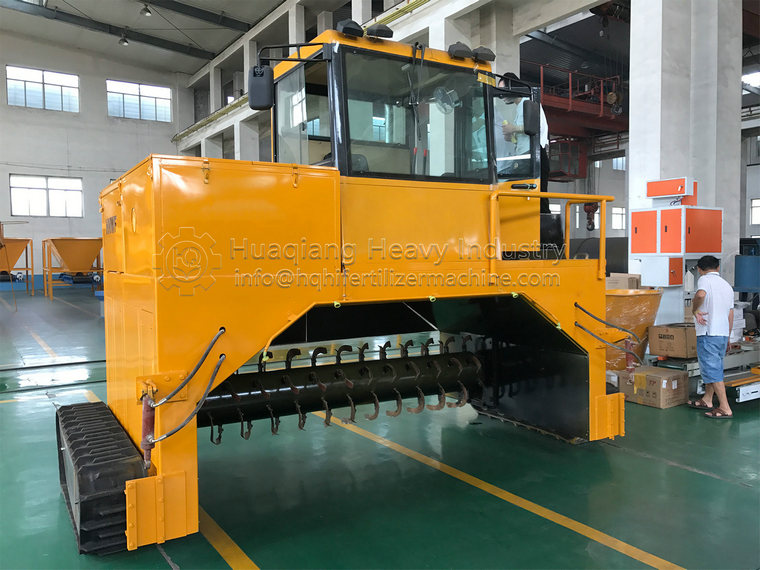Technological innovation of organic fertilizer crusher leads industrial progress
In the organic fertilizer production industry, technological innovation is the core driving force for industrial progress, and organic fertilizer crushers are constantly innovating in this process, leading the industry’s development with advanced technology.
The early technology of organic fertilizer crushers was relatively simple, with limited crushing effects, making it difficult to meet the growing production demand. Nowadays, with the rapid development of technology, modern organic fertilizer crushers have made significant breakthroughs in multiple key technical fields.
In terms of crushing principle, R&D personnel are constantly exploring new ways. Some new types of organic fertilizer crushers use a combination of impact, shear, extrusion and other crushing methods, which can automatically adjust the crushing mode according to the characteristics of the material, greatly improving the crushing efficiency and quality. This innovative crushing principle enables even materials with hard or strong toughness to be quickly crushed into the desired particle size.
The advancement of materials science has also brought about a revolution in organic fertilizer crushers. In the past, crushing components were prone to wear and required frequent replacement, affecting production efficiency and costs. Nowadays, new wear-resistant alloy materials are applied to key components of crushers, such as hammer heads, blades, etc. These materials not only have extremely high wear resistance, but also maintain good toughness, greatly extending the service life of equipment and reducing the operating costs of enterprises.
Automation control technology is a major highlight of modern organic fertilizer crushers. Equipped with advanced sensors and intelligent control systems, the equipment can monitor real-time parameters such as material feeding speed and crushing degree. Once the parameters are abnormal, the system will automatically adjust the operating status of the equipment to ensure the stability and consistency of the crushing process. Operators can remotely monitor the operation of equipment through computers or mobile phones to achieve intelligent production management.
In order to meet the diverse needs of different users, organic fertilizer crushers pay more attention to flexibility and universality in their design. Some devices adopt a modular design concept, allowing users to easily replace different types of crushing components according to actual production needs, achieving efficient crushing of multiple materials.
In addition, the application of environmental protection technology in organic fertilizer crushers is increasingly being valued. The new ventilation and dust removal system can effectively reduce the dust pollution generated during the crushing process and improve the production environment. At the same time, by optimizing the equipment structure and operating parameters, the noise during equipment operation has been reduced, achieving green and quiet production.
The technological innovation of organic fertilizer crushers has injected strong impetus into the development of the organic fertilizer industry. With the continuous advancement of technology, it will continuously improve production efficiency, reduce costs, and enhance product quality, driving the organic fertilizer industry to new heights.



.jpg)


.jpg)
